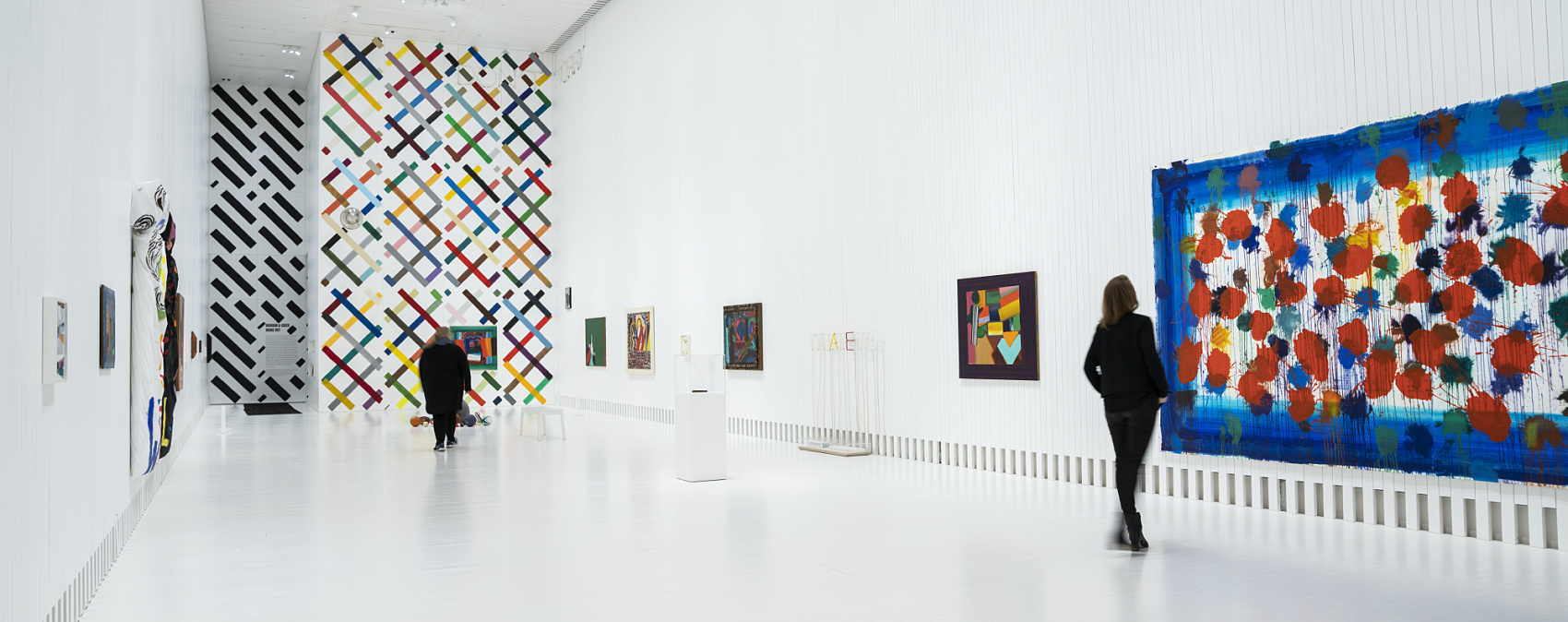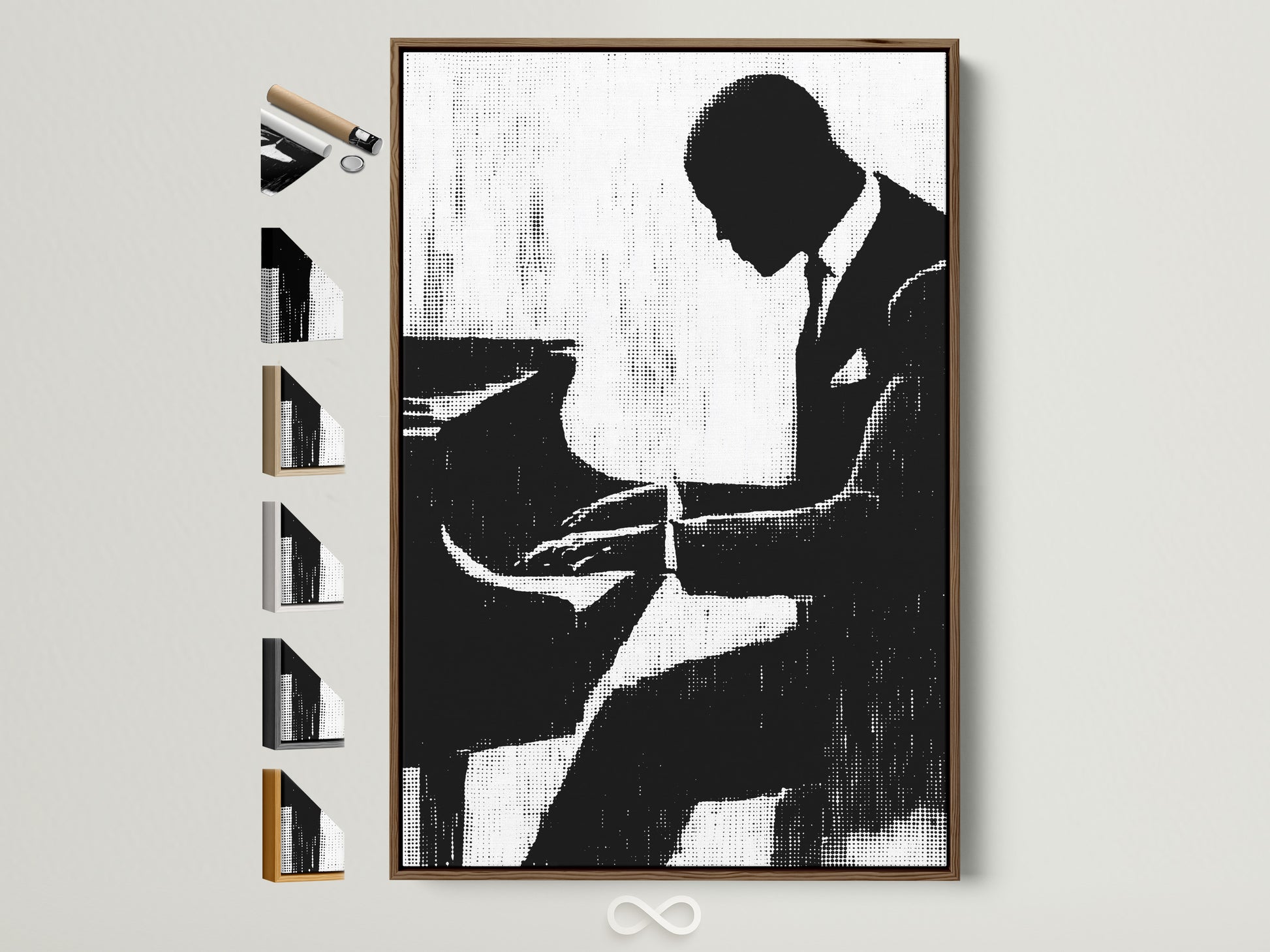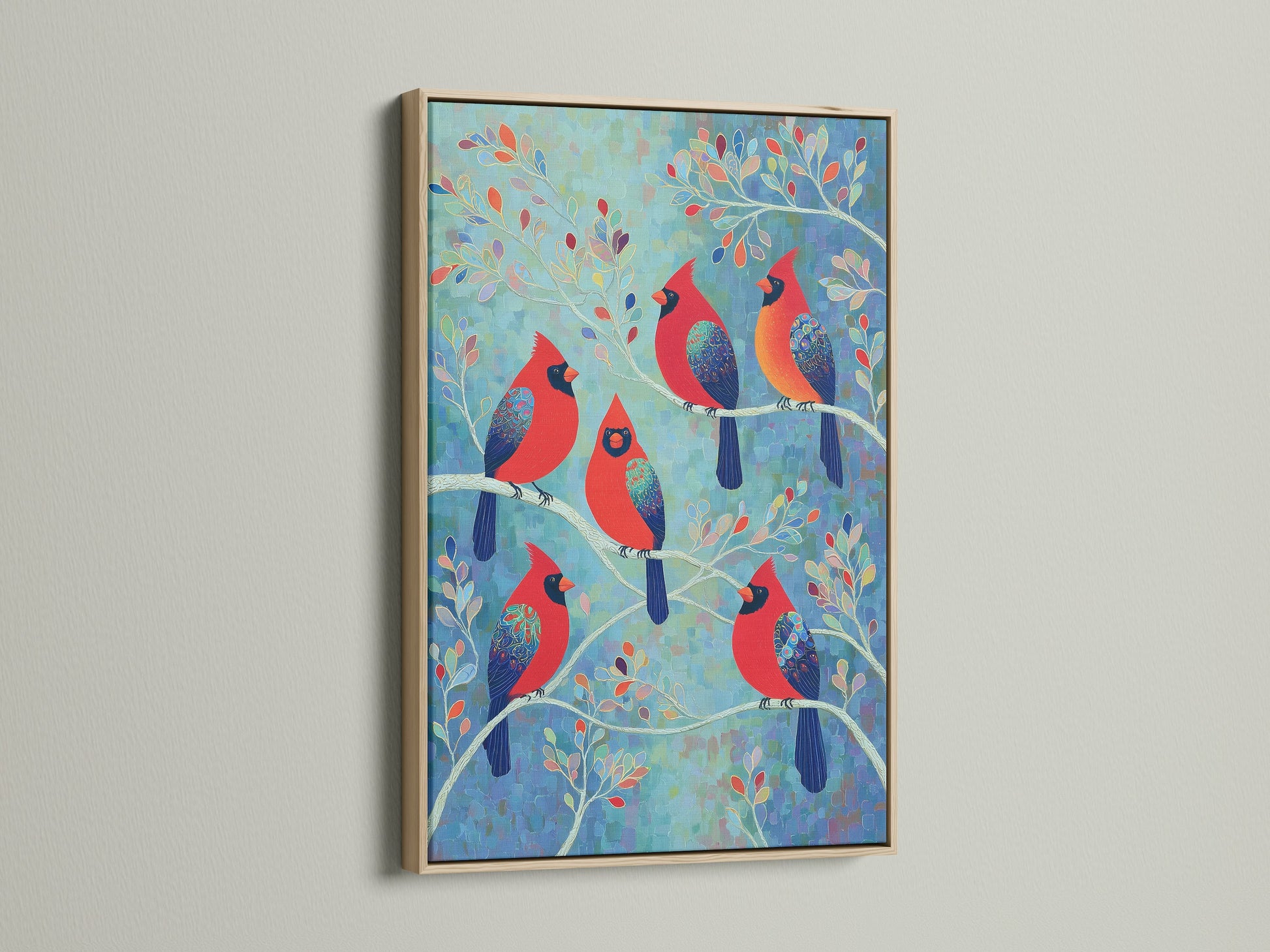Layered Lighting, Made Easy: A Five‑Plane Framework for Real Homes
If your room still feels flat after sunset, it’s not you—it’s the single overhead. Designers think in layers, not fixtures. Here’s a friendly five‑plane method you can copy tonight to make spaces warmer, calmer, and easier to live in.

Why layered lighting beats one big light
One ceiling light forces your eye to the brightest spot overhead and leaves walls dark—so rooms feel smaller and harsher. A layered plan spreads gentle light across surfaces you actually see, improves tasks, and flatters faces. Professional guidance from the Society of Light & Lighting (CIBSE/SLL) and the IES favors this qualitative approach where vertical illumination carries much of the perceived brightness.
Further reading: SLL Lighting Publications • ERCO: 7 tips for wallwashing
The Five‑Plane Framework
Think in planes—not just fixtures. When you touch each plane, your room immediately feels designed.
Ceiling plane (ambient)
- Use low‑glare recessed downlights, soft pendants, or cove lighting to bounce light off the ceiling.
- Target dimmable, warm‑to‑neutral lamps (2700–3000K for living areas; 3000–3500K for busier kitchens).
Vertical plane (walls)
- Wall washing brightens the room because walls sit in your field of vision; it also reduces contrast fatigue.
- Rule of thumb: place wallwashers about one‑third of the ceiling height away from the wall; aim around 35° with track spots for even coverage.
Source: ERCO
Task plane (work & reading)
- Put light where hands and eyes meet: under‑cabinet strips, desk lamps with shades, swing‑arm bedside lights.
- Use focused beams and good shielding to avoid glare on glossy surfaces and screens.
Feature plane (art & architecture)
- Accent only what you love: art, alcoves, textured plaster, a fireplace. Choose narrow to medium beams and dim separately.
- Grazing from above or below exaggerates surface relief; washing softens it.
Low/floor plane (lamps & guides)
- Table/floor lamps and toe‑kicks create a calm evening “base layer” and nighttime wayfinding in halls and baths.
- Dim‑to‑warm bulbs (2700K → 2000K) deepen the cozy effect.
Color quality & temperature made simple (TM‑30 > CRI)
High CRI is good but incomplete. The modern TM‑30 method rates both fidelity (Rf) and gamut (Rg) with 99 color samples. In real rooms, look for Rf ≥ 80 and Rg ~ 95–105 so woods, fabrics, food, and skin look believable—not dull or neon.
Choose warm white 2700–3000K for living, dining, and bedrooms; move to a neutral 3000–3500K for kitchens and home offices if you prefer a crisper feel. If you entertain, dim‑to‑warm LEDs help you shift mood without changing bulbs.
Deep dives: LEUKOS TM‑30 Tutorial (Energy.gov) • IES: Using TM‑30 • XAL: TM‑30 explained
Beams, glare & aiming (just enough photometry)
Beam angle controls “punch.” Narrow beams (10–20°) pick out art; medium (~25–40°) suits niches; wide (60–90°) is forgiving for shelves and general fill. The shielding angle (how well the fixture hides its bright source) helps with visual comfort.
- Wall washing vs. grazing: Washing evens the tone and enlarges the room; grazing brings out texture (great for plaster and stone).
- Starter ratios: Distance to wall ≈ H/3 (H = ceiling height). In high rooms, specialty wallwashers allow shorter distances; in corridors, aim for continuous vertical uniformity.
References: ERCO wallwashing rules • LEDYi beam-angle primer • CSL wall wash white paper
Room‑by‑room lighting playbook
Living room
- Ceiling plane: a soft pendant on dimmer + two discreet downlights aimed away from seating.
- Vertical plane: wash the TV wall lightly (reduces eye strain) and brighten a bookcase.
- Task plane: reading lamp with a shade at shoulder height while seated.
- Feature plane: accent a favorite artwork (narrow beam, dimmable).
- Low plane: floor lamp + sideboard micro‑strip for an evening base layer.
Kitchen
- Ceiling: even ambient via recessed or a large diffused pendant.
- Task: bright, glare‑free under‑cabinet lighting over counters (neutral white).
- Feature: accent open shelves or a textured backsplash with grazing.
- Low: toe‑kick strip as a night path.
Bedroom
- Ceiling: gentle, dim‑to‑warm source; avoid harsh downlights over pillows.
- Task: bedside swing‑arms or pinpoint spots with glare control.
- Feature: accent a textile headboard or framed print.
- Low: under‑bed glow or small floor lamp for midnight movement.
Bath
- Vertical first: flank the mirror with vertical light to eliminate face shadows.
- Feature: niche grazing in the shower (wet‑rated).
- Low: toe‑kick night light on motion sensor.
Hallway & entry
- Uniform wallwashing makes narrow halls feel broader and calmer.
| Space | Typical task/ambient range |
|---|---|
| Living rooms | ~100–200 lx ambient; 300–500 lx for reading pools |
| Kitchens | ~300–500 lx counters; 150–300 lx ambient |
| Bedrooms | ~75–150 lx ambient; 200–300 lx reading |
| Hallways | ~100–150 lx with even vertical light |
Adapt to your eyesight, finishes, and local codes; see CIBSE level summary.
Surfaces change the light (and why your walls matter)
Matte, mineral‑rich walls give a soft, low‑glare glow compared to glossy paint. If you’re eyeing a limewash finish, it rewards you with that cloudlike depth under vertical light. Textured plaster or softly rugged materials thrive under grazing light for subtle shadows—and that’s where “soft brutalism” sings.
Related reads from our Interior Design series: Limewash Walls & Mineral Paint • Soft Brutalism
Case study: make a small room look bigger with vertical light
- Dial down the overhead until it’s just background.
- Add a wallwash on the longest wall (≈ H/3 from wall). The room visually expands.
- Finish with a floor lamp and one art accent. You’ll get sparkle without glare.
Why it works: your eye reads bright walls as a “bigger box.” See ERCO’s primer on wallwashing.
Artwork that loves good lighting
Tip: pair bold pieces with accent lighting (narrow/medium beams) and keep ambient warm for evening ease.
Common mistakes & easy fixes
- Only downlights: add vertical light and a lamp for balance.
- Cool light everywhere: switch living/bed spaces to 2700–3000K.
- Glare on art/screens: aim spots at ~30–35°, use shielding, and consider lower output with dimmability.
- No dimming: dimmers are the difference between “on/off” and “mood.”
Love bold pattern? See Supergraphics at Home and Neo–De Stijl for color & geometry ideas that respond beautifully to accent light.
A 5‑minute shopping checklist
- Color: 2700–3000K warm for living/bed; 3000–3500K neutral for tasky zones.
- Quality: TM‑30 Rf ≥ 80 and Rg around 100; CRI 90+ if TM‑30 isn’t listed.
- Beams: 10–20° for art; 25–40° for niches; 60–90° for general wash.
- Glare: recessed with good shielding; snoots/hex cells for accents.
- Control: dimmable drivers and compatible dimmers (check spec sheets).
See LEDYi’s beam guide for quick beam‑angle visuals.
Another set: pieces that glow with warm layers
Try this tonight (3 steps)
- Turn off the overhead and switch on a warm floor lamp (low plane).
- Add a table lamp and a single picture light (task + feature).
- Dim your ceiling light to only 30–40% to keep the ceiling calm—and watch the room relax.
Explore more design ideas: Interior Design articles.
Shop the look
The artwork above pairs beautifully with warm, layered light. Browse luminous geometrics, soft abstracts, and statement pieces sized for real rooms in our Abstract & Geometric Wall Art collection.
FAQ
What is layered lighting?
Layered lighting means combining ambient (overall), task (work), accent (features), vertical (walls), and low‑level glow so a room works and feels right at any time. It’s not five fixtures—it’s five planes.
What’s the best color temperature for living rooms and bedrooms?
Warm white in the 2700–3000K range feels inviting and flatters skin and wood tones. If you like a crisp look, 3000K is fine—just dim at night.
TM‑30 vs CRI—do I need both?
If a spec lists TM‑30, you’ll see Rf (fidelity) and Rg (gamut). Aim for Rf ≥ 80 and Rg near 100 for natural color. If only CRI appears, choose CRI 90+.
How many downlights should I use?
Fewer than you think. Use them for background and task pools. Add vertical light on walls and a lamp or two—spaces feel brighter with less wattage.
What is wall washing and when should I use it?
Wall washing is uniform vertical light that makes rooms feel larger and calmer. Try it on long walls, hallways, and behind TVs or bookcases; keep fixtures about one‑third of ceiling height from the wall and aim around 35° with track heads.
How do I light art without glare?
Use a narrow/medium beam aimed at ~30–35°, and avoid catching the viewer’s eye line. Dimmer + good shielding (snoots/visors) help.










